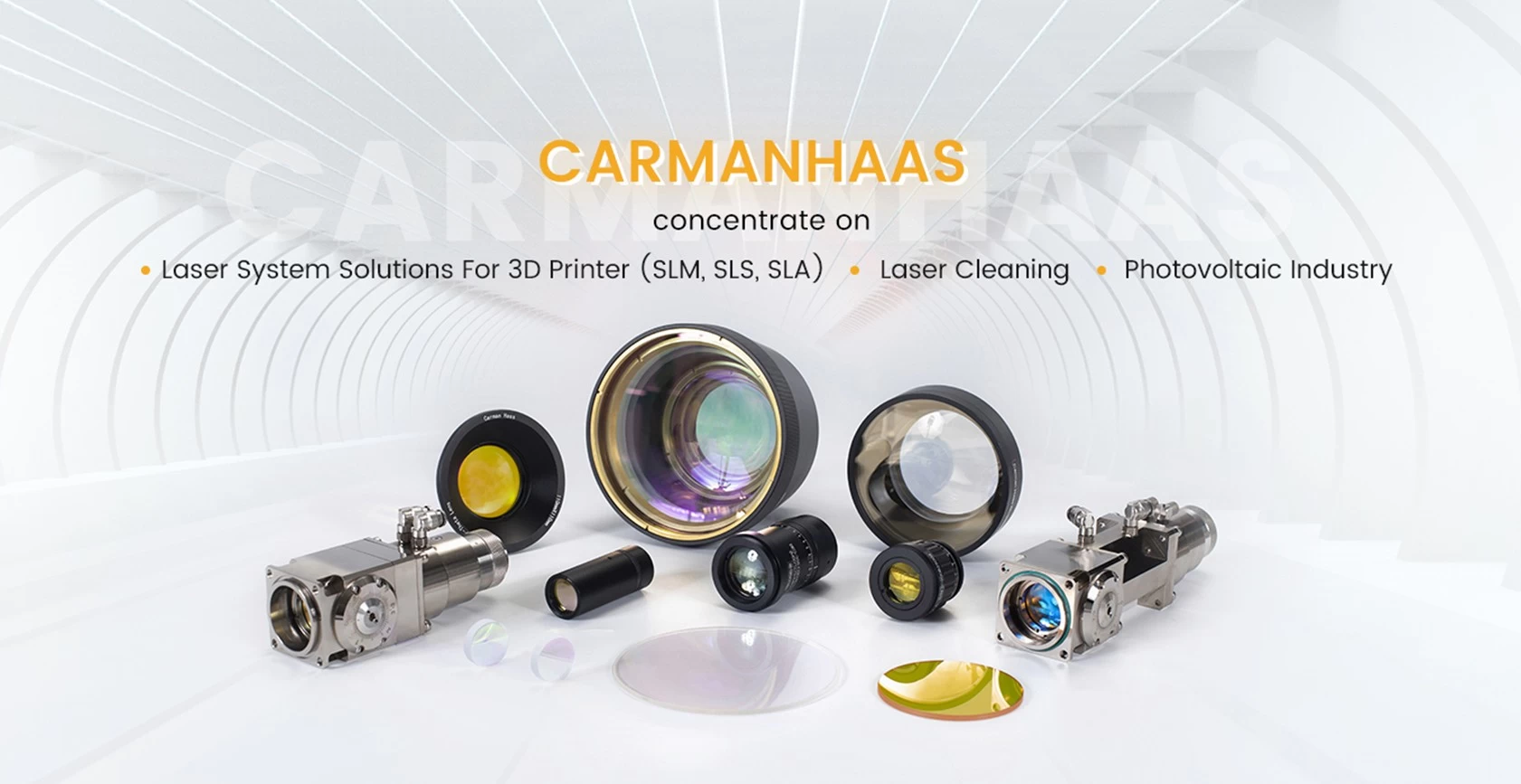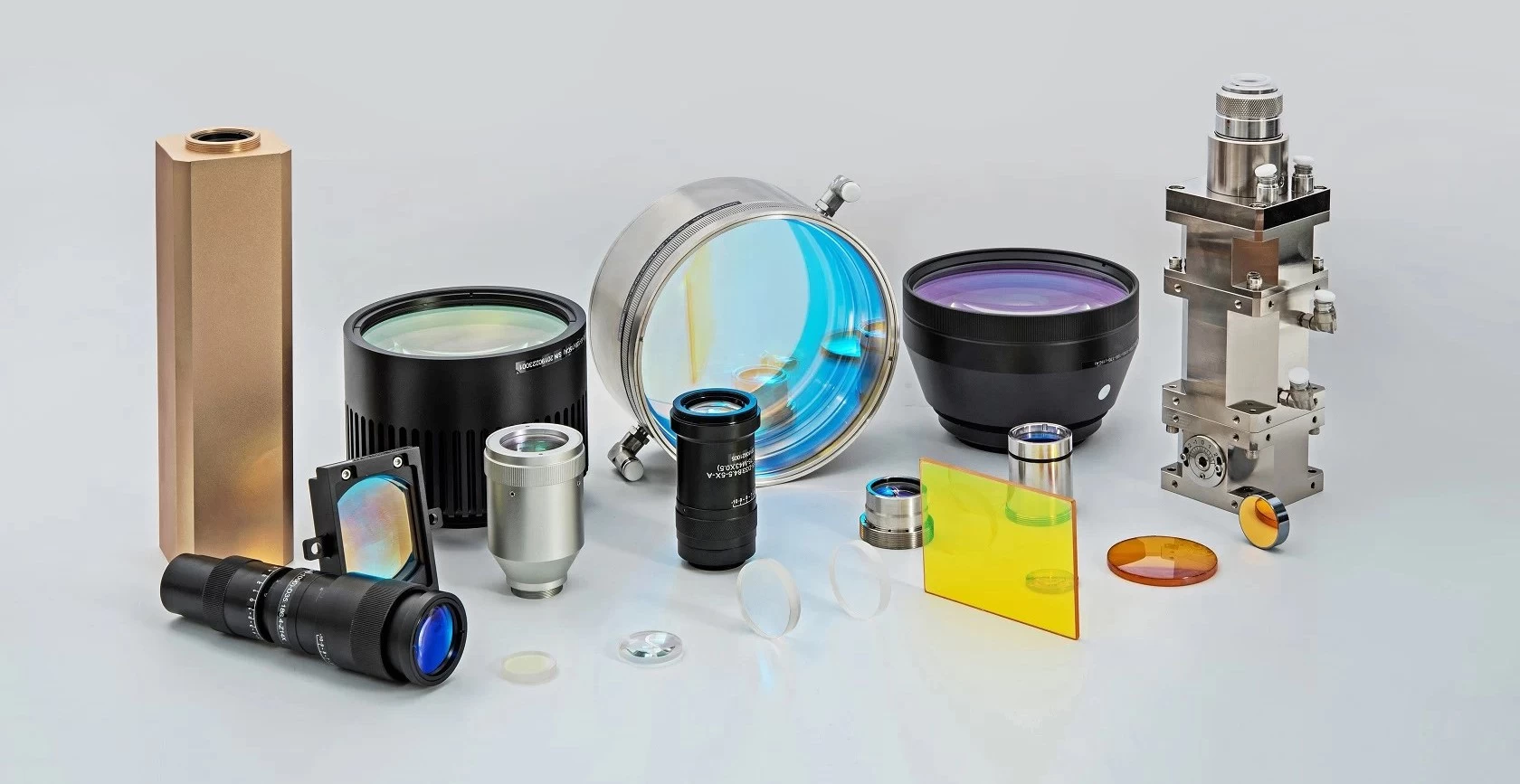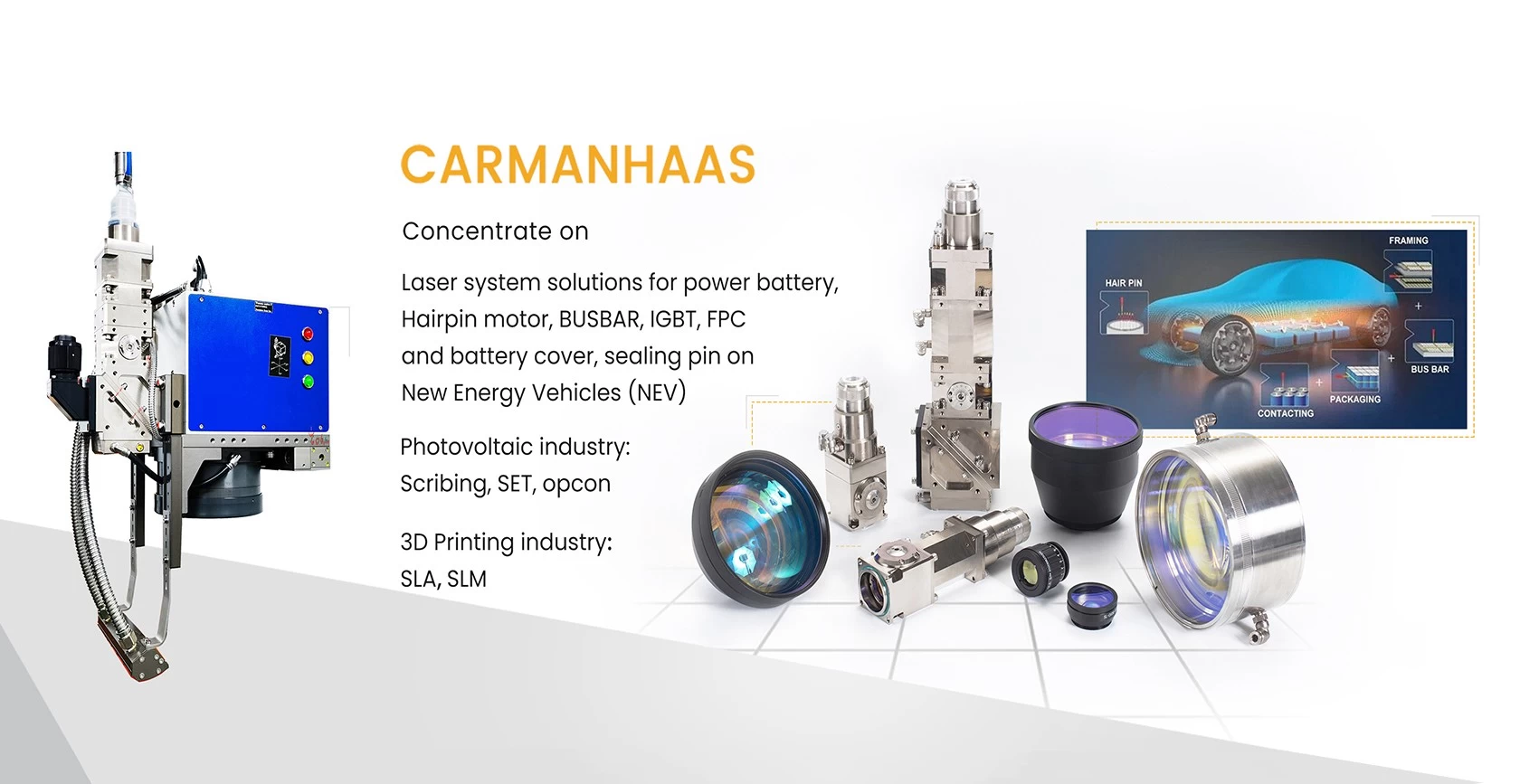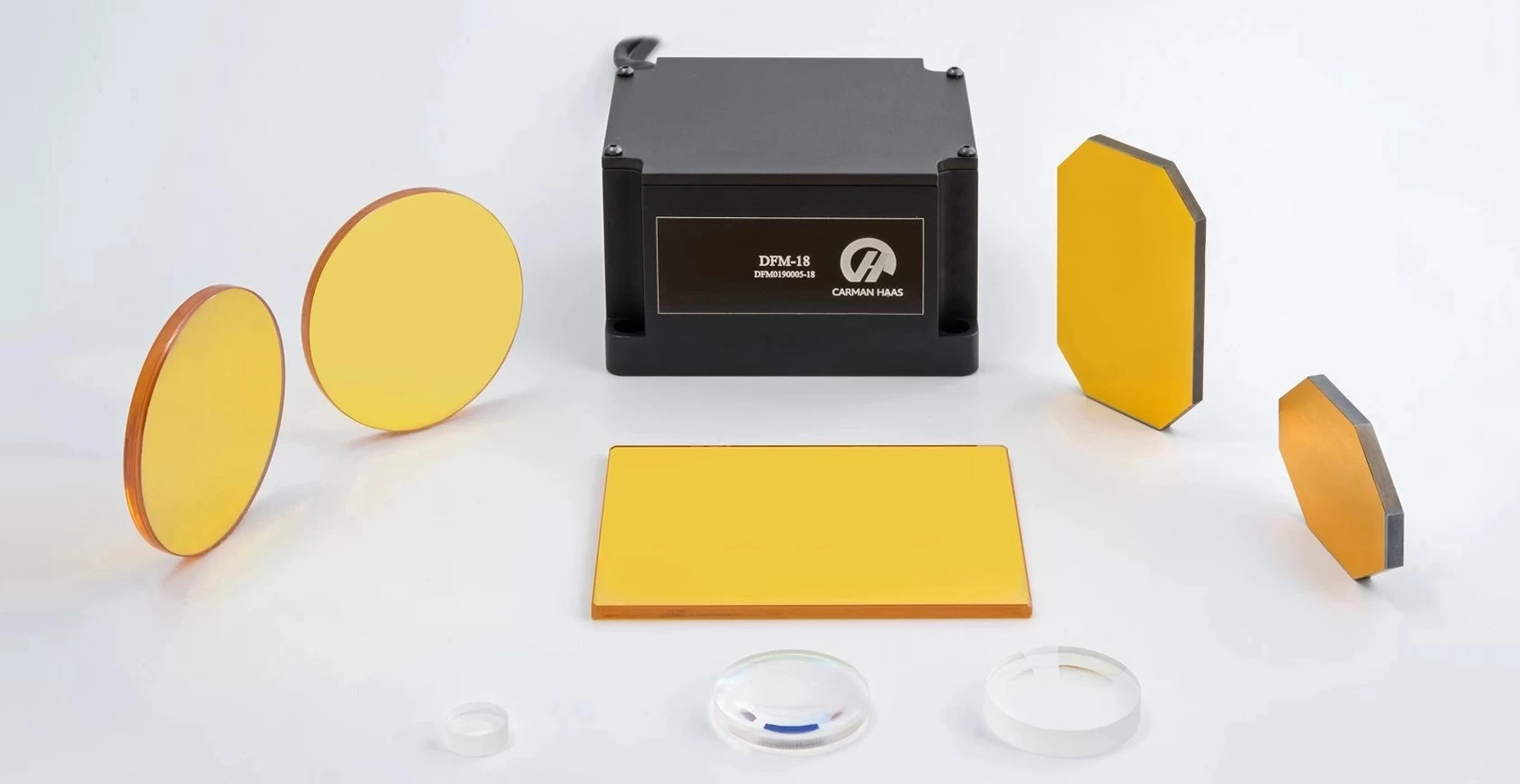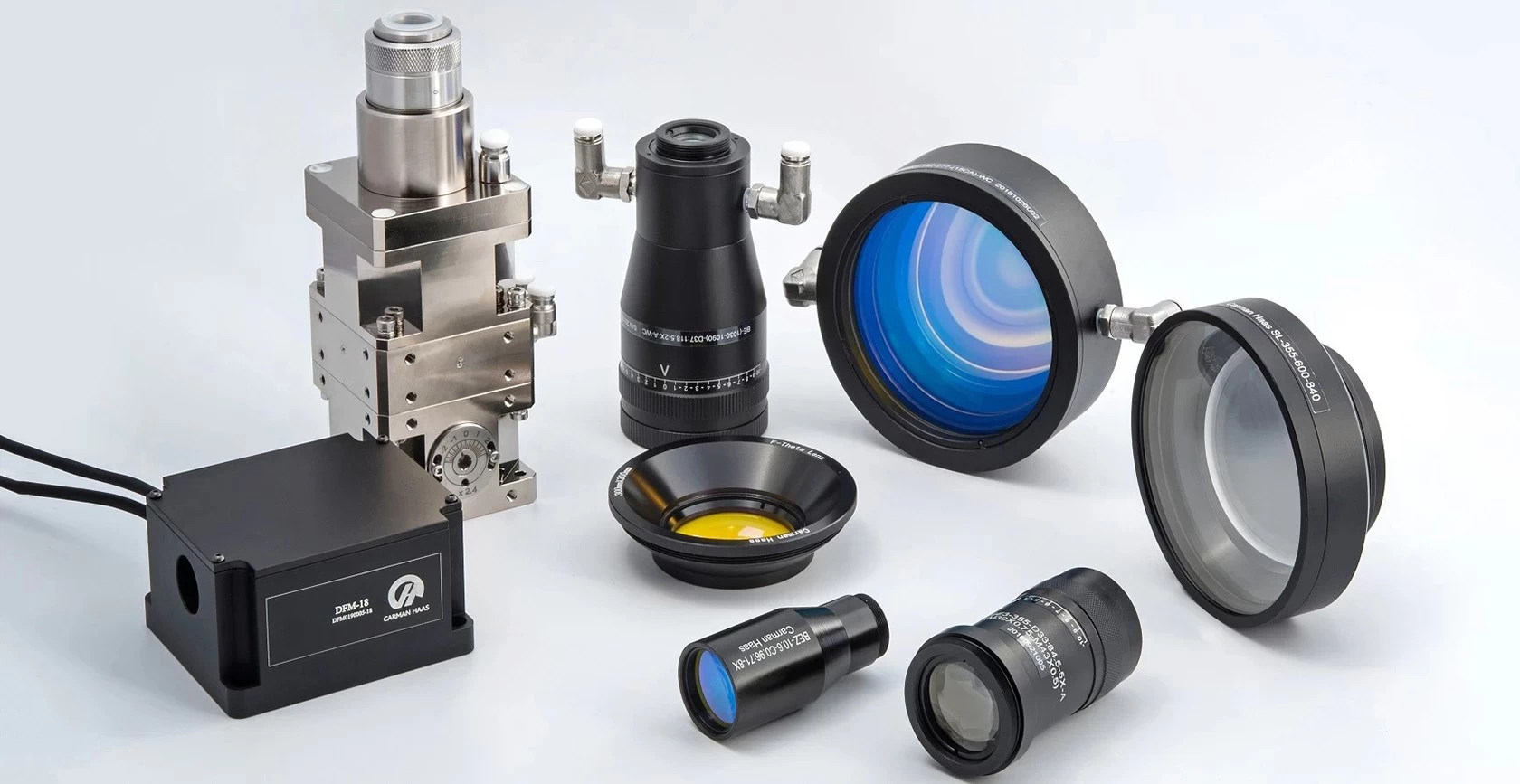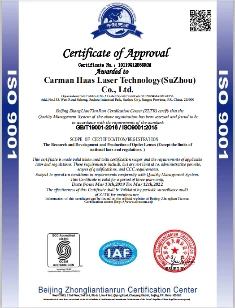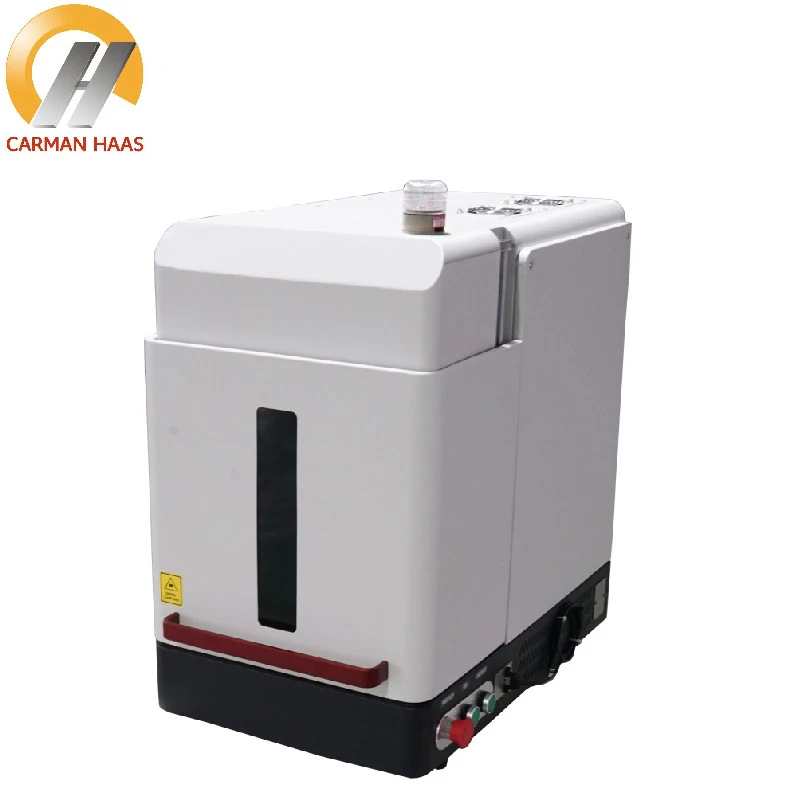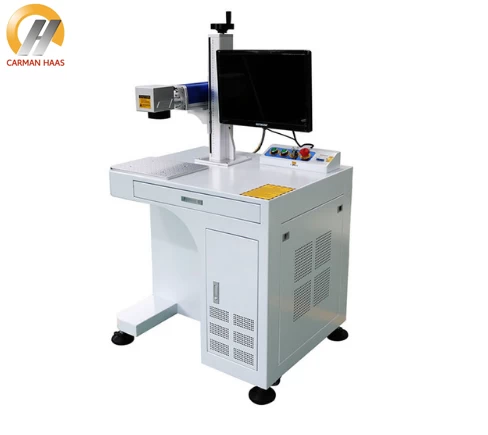Optical element design-glass selection
Optical parts are also called optical components. The basic unit of an optical system. Most optical parts play the role of imaging, such as lenses, prisms, mirrors, etc.
Optical glass is a glass material used to manufacture lenses,prisms, mirrors, windows, etc. of optical instruments or mechanical systems (Laser focusing Lens supplier). Including colorless optical glass (usually referred to as optical glass), colored optical glass, radiation-resistant optical glass, radiation-proof glass and optical quartz glass. Optical glass has a high degree of transparency, a high degree of uniformity in chemistry and physics (structure and performance), and has specific and precise optical constants. It can be divided into silicate, borate, phosphate, fluoride and chalcogenide series.
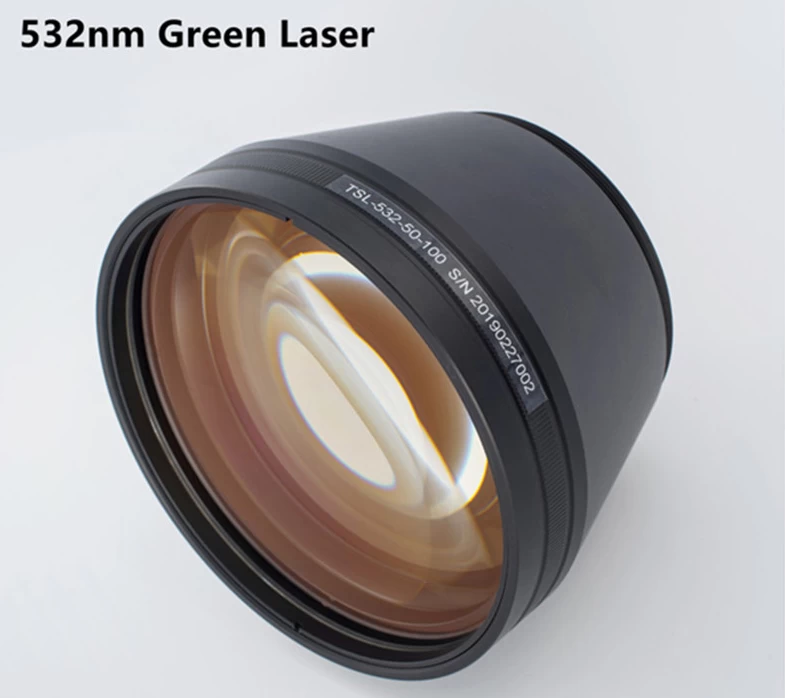
Choice of glass
An important step in optical design is to check the parameters of each glass, including availability, price, projection characteristics, thermal characteristics, pollution, etc., to ensure the optimal choice of glass.
(1) Availability
Glass is divided into three categories: first glass, standard glass and query glass. First of all, glass mainly refers to glass inventory. Standard glass refers to the types of glass listed in the catalog of glass companies. The types of glass that can be ordered by querying the glass value.
(2) Projectivity
Most optical glasses can project light in the visible and near infrared regions well. However, in the near ultraviolet region, most glasses absorb light to a greater or lesser extent. If the optical system must project ultraviolet light, the most commonly used materials are fused silica and fused silica.(Telecentric f-Theta Lenses Fused Silica) Some heavy flint optical glasses have a low throw ratio in the dark blue wavelength region and have a yellowish appearance.

(3) Birefringence characteristics
Generally, optical glass is isotropic, and it becomes anisotropic due to mechanical and thermal stress. This means that the s and p polarization components of light have different refractive indices. High refractive index alkaline lead silicate glass shows greater birefringence under small stress. Borosilicate glass is not very sensitive to stress birefringence. If the optical system transmits polarized light and must maintain the polarization state in the entire system or part of the system, the choice of material is very important. For example, in a larger prism with a heat source near the system, there may be a temperature gradient in the prism, which will introduce stress birefringence, and the polarization axis will rotate within the prism. The better choice of prism material should be heavy flint glass, not crown glass.
(4) Chemical stability
The characteristics of glass to resist environmental and chemical influences include: weather resistance of glass, mainly resistance to the influence of water vapor in the air; pollution resistance, resistance to the influence of non-vaporized weakly acidic water; when glass is exposed to acid Anti-acid in water quality; anti-alkali.(532nm Telecentric Lenses on sale)
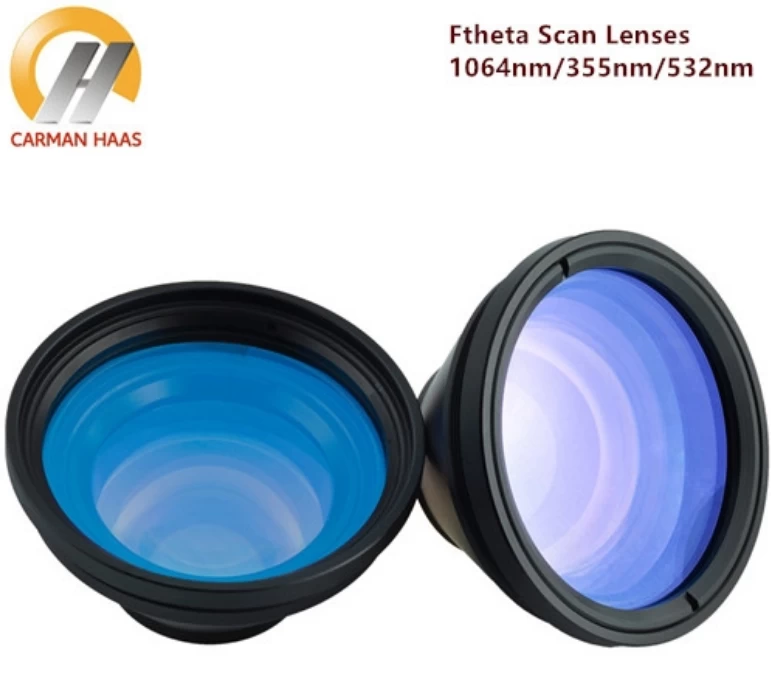
(5) Thermal characteristics
Optical glass has a positive coefficient of thermal expansion, which means that glass expands with increasing temperature. The thermal expansion and contraction properties of the optical glass should be as consistent as possible with the thermal expansion and contraction properties of the lens structure; the optical system may have to be athermalized, that is, to maintain the optical characteristics of the system when the temperature change causes the lens shape and refractive index to change. Change; temperature change may produce a temperature gradient in the optical glass, but also consider the expansion of the lens barrel and lens spacer and the change in the refractive index of the glass material.



